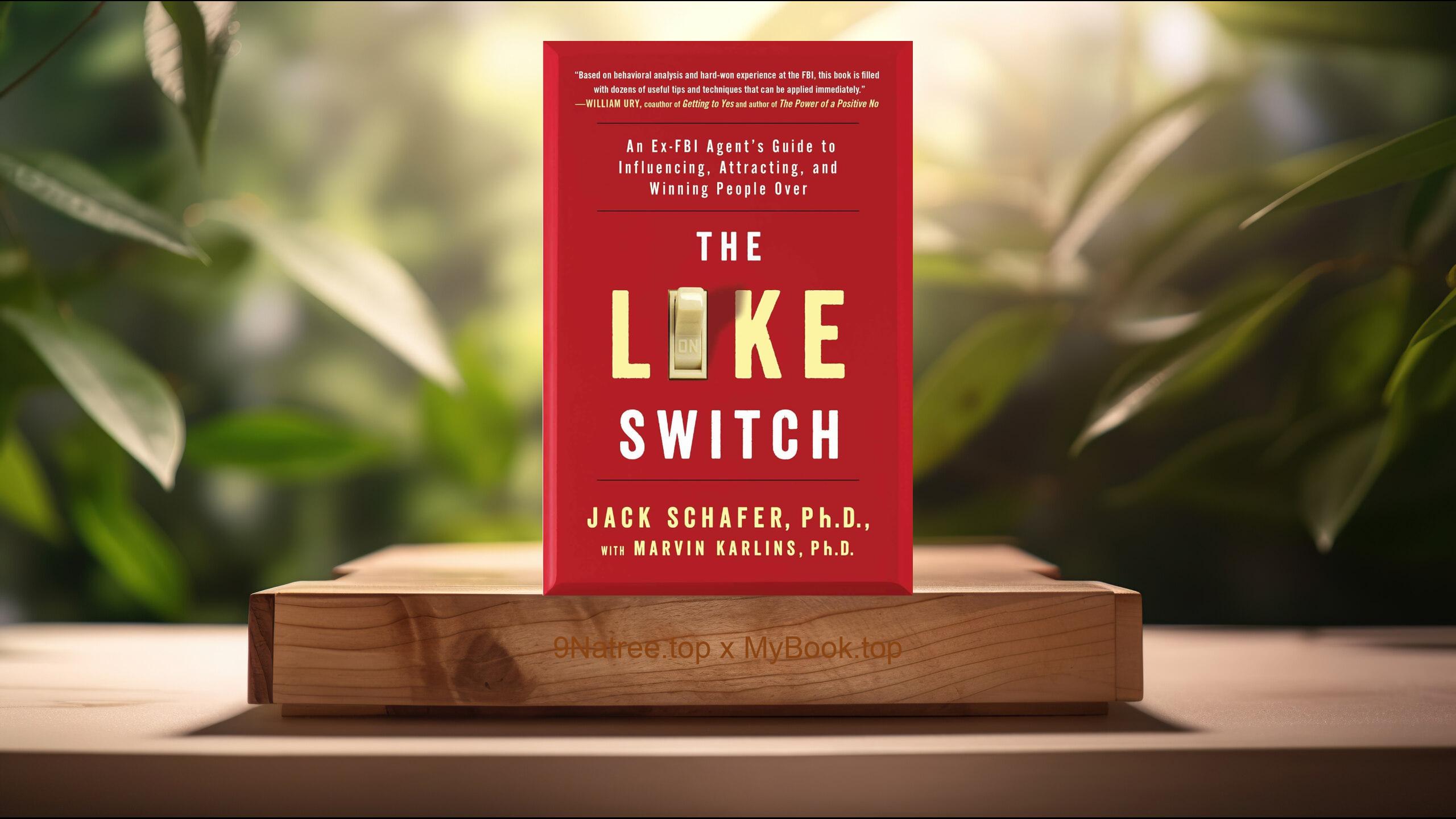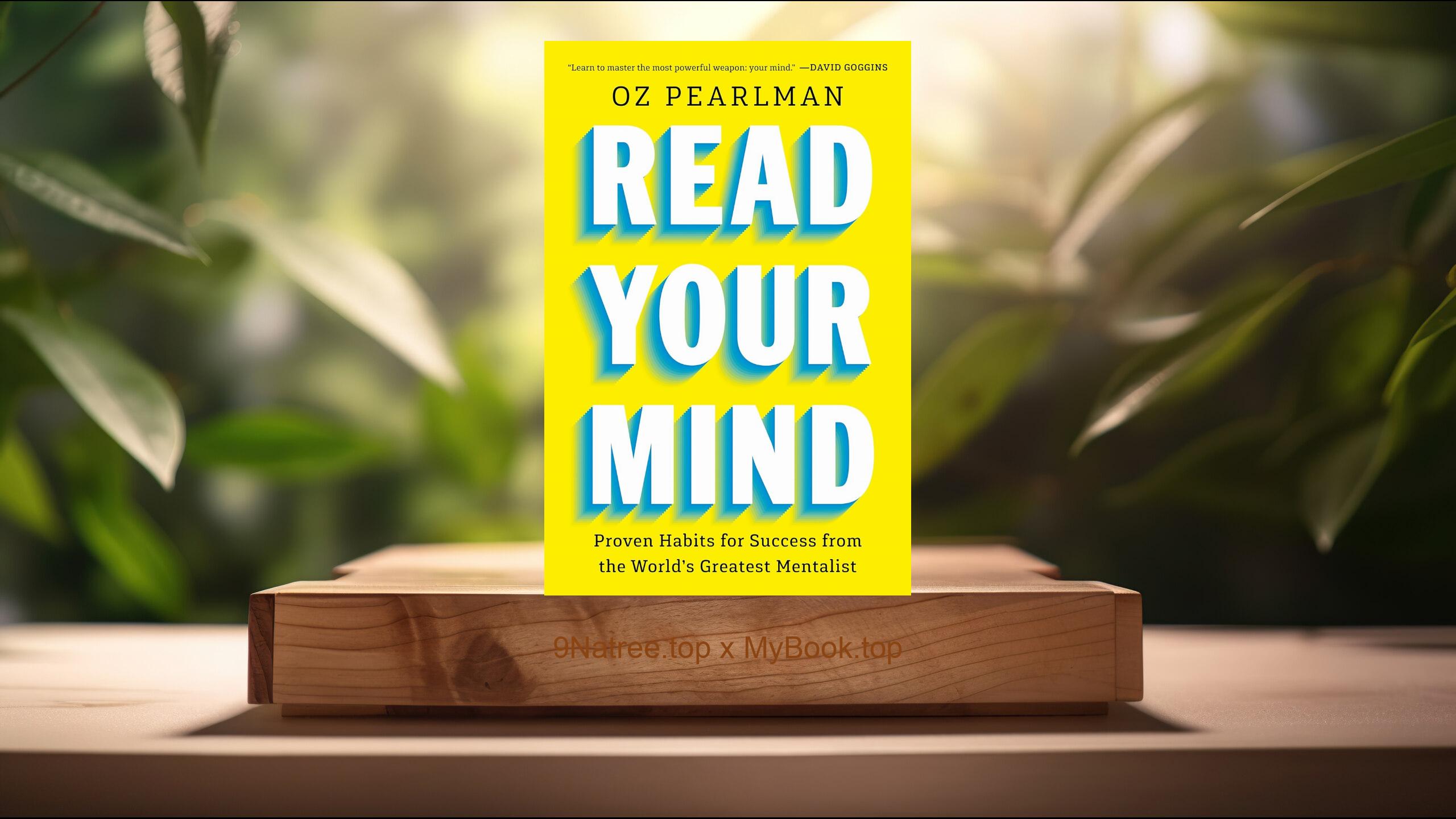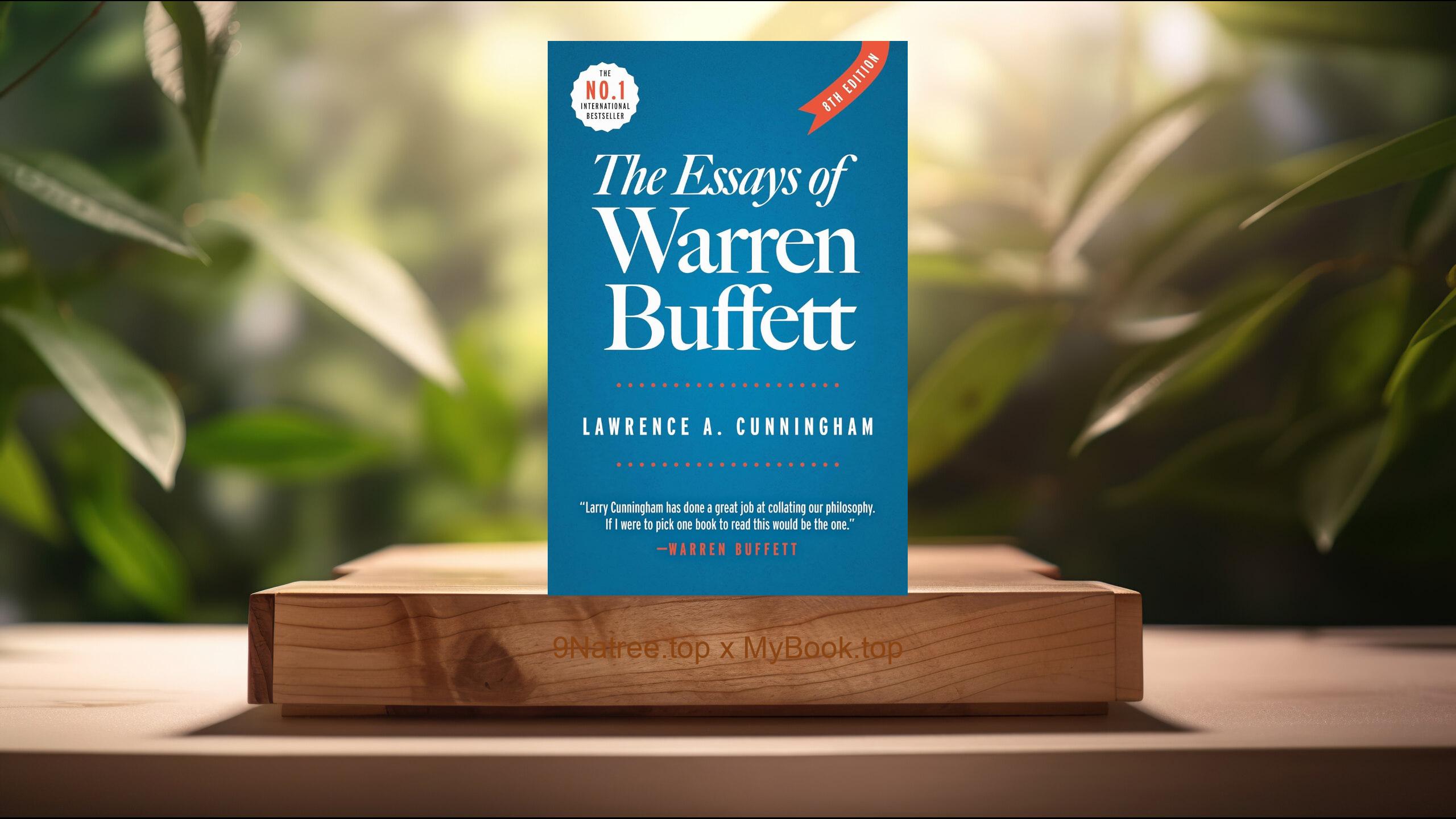Show Notes
- Amazon USA Store: https://www.amazon.com/dp/B0055PGUYU?tag=9natree-20
- Amazon Worldwide Store: https://global.buys.trade/The-Power-of-Habit%3A-Why-We-Do-What-We-Do-in-Life-and-Business-Charles-Duhigg.html
- Apple Books: https://books.apple.com/us/audiobook/we/id1595633960?itsct=books_box_link&itscg=30200&ls=1&at=1001l3bAw&ct=9natree
- eBay: https://www.ebay.com/sch/i.html?_nkw=The+Power+of+Habit+Why+We+Do+What+We+Do+in+Life+and+Business+Charles+Duhigg+&mkcid=1&mkrid=711-53200-19255-0&siteid=0&campid=5339060787&customid=9natree&toolid=10001&mkevt=1
- Read more: https://mybook.top/read/B0055PGUYU/
#habitloop #keystonehabits #behaviorchange #cueroutinereward #willpowertraining #organizationalculture #neuroscienceofhabits #smallwins #ThePowerofHabit
These are takeaways from this book.
Firstly, The Habit Loop: Cue, Routine, Reward, At the core of the book is a simple but powerful model known as the habit loop. Every habit begins with a cue, the trigger that tells the brain to go into automatic mode. Next comes the routine, the behavior itself. Finally, a reward follows, which satisfies a craving and teaches the brain to remember the loop for next time. Over time, the brain stores the routine in the basal ganglia, freeing mental energy for other tasks. This is why habits feel effortless yet stubborn. Duhigg shows that the most reliable way to change a habit is not to crush it with sheer will, but to keep the existing cue and reward while swapping in a new routine. This substitution approach works because it respects the neurological wiring that craves a result. By identifying specific triggers, experimenting with alternative behaviors, and engineering a satisfying payoff, you can rewrite loops for eating, productivity, communication, and more. The model is simple enough to recall under pressure and precise enough to guide daily experiments.
Secondly, Keystone Habits and the Power of Small Wins, Some behaviors create outsized ripple effects across a life or an organization. Duhigg calls these keystone habits. They set off chains of positive change by altering how people see themselves, allocate attention, and coordinate with others. A classic example is a company that makes safety the overriding priority. The clear focus restructures communication, accountability, and problem solving, which then improves quality, speed, and profits. On a personal level, regular exercise can become a keystone, because it encourages better sleep, healthier eating, and enhanced mood, which then support further discipline. The secret is not the habit itself but the momentum it generates through visible small wins. These wins build confidence and create social proof that change is possible. The chapter provides tools for identifying keystones in your own context, such as mapping which routines influence multiple outcomes and spotting where a single shift would remove repeated friction. Choose one keystone, define a clear cue and reward, and protect it relentlessly. The cascading improvements often arrive faster than expected.
Thirdly, The Craving Brain and Habit Neurology, Habits form because the brain learns to anticipate rewards. As cues become associated with a payoff, neural activity spikes in anticipation, not only after the behavior. That craving drives the loop. The basal ganglia helps encode routines, while dopamine related pathways teach the brain to chase predicted rewards. Duhigg illustrates how marketers and product designers sometimes shape experiences to amplify craving, such as adding sensory signals that signal a reward is coming. Foaming toothpaste and distinct cleaning scents are examples where cues and textures make the routine feel satisfying and complete. Understanding this mechanism empowers individuals to design their own encouraging signals. If a desired routine feels flat, strengthen the reward or make the cue more salient. Conversely, to weaken a harmful pattern, remove or disrupt triggers and replace the reward with a healthier alternative that still satisfies the underlying urge, such as stress relief or social connection. The neuroscience lens demystifies why grit alone often fails. Change sticks when cravings are redirected rather than denied, and when the brain receives consistent evidence that the new routine delivers the feeling it expects.
Fourthly, Willpower, Belief, and Social Support, Willpower is presented as a skill that strengthens with practice and planning, not a fixed trait. The book shows how people and organizations build self control by creating routines that conserve limited mental energy. Techniques include precommitment, clear if then plans, and rehearsing responses to predictable challenges. When stress hits, practiced scripts reduce decision fatigue and keep behavior on track. Belief also matters. During inevitable setbacks, people persist when they truly believe change is possible and when they feel supported by a group that reinforces the new identity. Recovery programs, coaching, and strong team cultures provide social scaffolding so individuals do not rely on momentary motivation alone. Training environments that teach employees how to handle customer conflict or late night cravings for snacks are especially effective because they make the tough moment feel familiar. The combination of skillful planning, practiced routines, and shared belief turns willpower from a fragile resource into a dependable system. This perspective shifts change from heroics to design.
Lastly, Organizational Habits and Strategic Change, Organizations run on habits too. Informal routines determine how information flows, which problems receive attention, and how teams respond to crises. Leaders who change results often start by changing keystone habits at the cultural level. The book shows how focusing on a single, concrete priority can rewire communication patterns and accountability. Sports teams that drill cue recognition and simplified plays improve under pressure because players do not need to think from scratch. Companies that establish consistent feedback loops become more agile and safer. Data and incentives also shape organizational habits. When metrics reward speed without safety, people automatically cut corners. When rituals celebrate learning and reporting problems, errors surface early and performance rises. Crises can accelerate redesign, but wise leaders do not wait. They diagnose existing loops, identify leverage points, and install visible small wins that prove the new way works. The result is a culture where good behavior becomes the easy default, and strategy translates into daily action.
![[Review] The Power of Habit: Why We Do What We Do in Life and Business (Charles Duhigg) Summarized](https://episodes.castos.com/660078c6833215-59505987/images/2174187/c1a-085k3-mkwwzj15tk8j-icsqyp.jpg)




